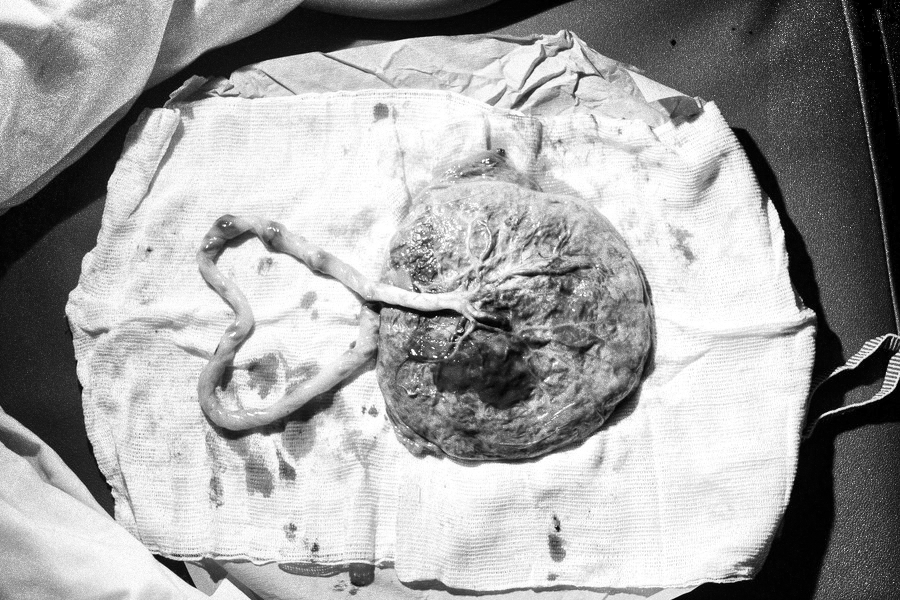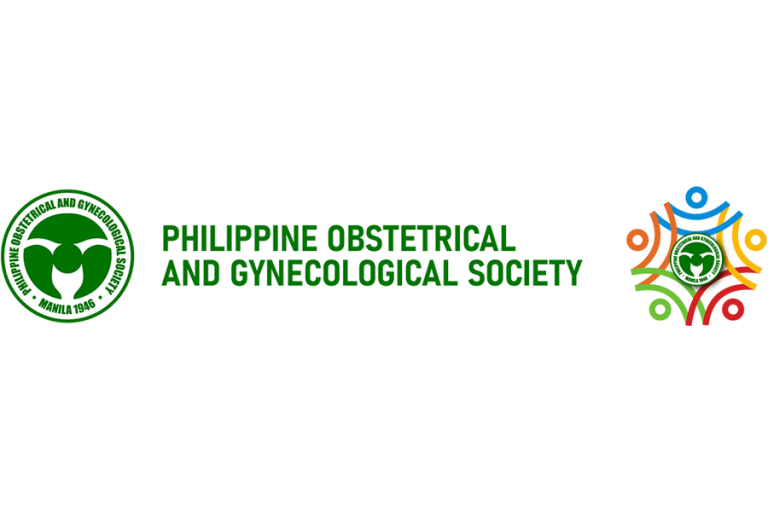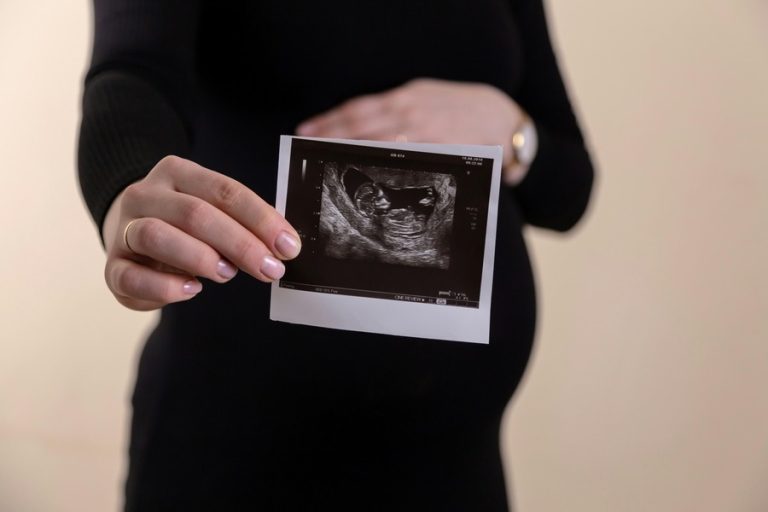The Placenta: Everything You Need to Know About This Amazing Pregnancy Organ
When we think about pregnancy, we often focus on the growing baby—but did you know there’s another incredible organ working just as hard? It’s called the placenta, and it plays a vital role in keeping your baby healthy and nourished throughout pregnancy.
Understanding what the placenta does, how it develops, and what can go wrong is essential for every parent-to-be. Here’s a complete guide to this remarkable organ.
What Is the Placenta?
The placenta is a temporary organ that develops inside the uterus during pregnancy. It connects the developing baby to the uterine wall via the umbilical cord.
The placenta serves as a lifeline between you and your baby, performing functions that are crucial for your baby’s growth, development, and survival.
What Does the Placenta Do?
The placenta is a multitasking powerhouse! Here are its key roles:
✅ Nourishment
It delivers oxygen and nutrients (like glucose, amino acids, and vitamins) from your bloodstream to your baby.
✅ Waste Removal
It carries waste products like carbon dioxide away from the baby and back to your circulation for disposal.
✅ Hormone Production
The placenta produces hormones that support pregnancy, including:
hCG (human chorionic gonadotropin): Maintains early pregnancy
Progesterone: Keeps the uterine lining healthy and prevents contractions too soon
Estrogen: Helps the uterus grow and regulates other pregnancy functions
✅ Protection
It acts as a partial barrier, shielding the baby from some infections and harmful substances—though it’s not foolproof.
✅ Immune Support
It transfers antibodies from the mother to the baby, giving the newborn some protection against infections in the first few months of life.
How Does the Placenta Develop?
The placenta begins forming shortly after conception. By about 12 weeks, it’s fully functional and continues to grow until birth.
It attaches to the wall of the uterus and connects to the baby via the umbilical cord, which contains two arteries and one vein encased in a protective gel called Wharton’s jelly.
At birth, the placenta weighs about 1–2 pounds (450–900 grams) and is delivered shortly after the baby is born—this is known as the third stage of labor.
Where Is the Placenta Located?
The placenta can attach to different parts of the uterine wall—top, side, front (anterior placenta), or back (posterior placenta). Most positions are normal and don’t cause issues.
However, certain positions can require closer monitoring, such as:
Placenta previa: When the placenta partially or completely covers the cervix, which can cause bleeding and may require a C-section.
Low-lying placenta: Close to the cervix but not covering it—often resolves on its own as the uterus grows.
Your healthcare provider will check the placenta’s position during routine ultrasounds.
Placental Complications to Know About
While most pregnancies progress with a healthy placenta, some conditions can affect its function:
1️⃣ Placenta Previa
Occurs when the placenta covers the cervix. It can cause painless vaginal bleeding in the second or third trimester and may require delivery by C-section.
2️⃣ Placental Abruption
When the placenta detaches partially or completely from the uterine wall before delivery. This can deprive the baby of oxygen and cause heavy bleeding for the mother. It’s a medical emergency.
3️⃣ Placenta Accreta
Happens when the placenta grows too deeply into the uterine wall and does not separate easily after delivery. This can lead to severe bleeding and often requires a planned C-section and additional treatment.
4️⃣ Insufficient Placental Function
Sometimes, the placenta doesn’t deliver enough oxygen and nutrients, which can cause intrauterine growth restriction (IUGR) for the baby and may require early delivery.
How to Keep Your Placenta Healthy
While you can’t control everything about your placenta, you can take steps to support its health:
✨ Attend Prenatal Checkups:
Regular checkups help your provider monitor placental position and function.
✨ Eat a Balanced Diet:
Get enough protein, iron, folic acid, and other nutrients to support healthy placenta and baby growth.
✨ Don’t Smoke or Use Drugs:
Smoking, drug use, and excessive alcohol can damage the placenta and affect your baby’s health.
✨ Manage Chronic Conditions:
Conditions like high blood pressure or diabetes can affect placental function. Follow your provider’s advice to keep them under control.
✨ Watch for Warning Signs:
Call your provider if you experience severe abdominal pain, vaginal bleeding, or sudden changes in your baby’s movements.
What Happens to the Placenta After Birth?
After your baby is born, your body will deliver the placenta—this is called the afterbirth. Your healthcare provider will check it to make sure it’s intact and no pieces are left inside the uterus, which could cause infection or heavy bleeding.
Some families choose to keep the placenta for cultural or personal reasons, such as placenta encapsulation or planting it with a tree—a practice in some cultures to honor the life it supported.
Final Thoughts
The placenta is truly one of nature’s most remarkable organs—growing with your baby, nourishing and protecting them every step of the way. Understanding its role helps you appreciate the amazing work your body does during pregnancy.
By staying healthy and attending all your prenatal appointments, you’re giving your placenta—and your baby—the best chance to thrive.







